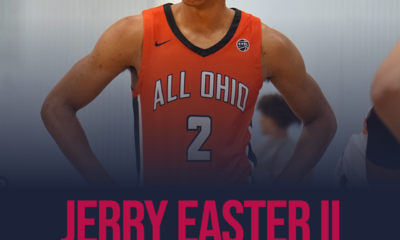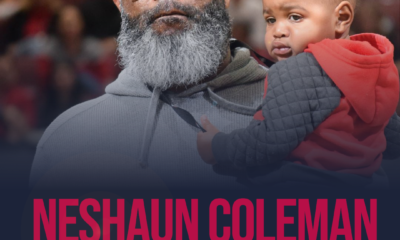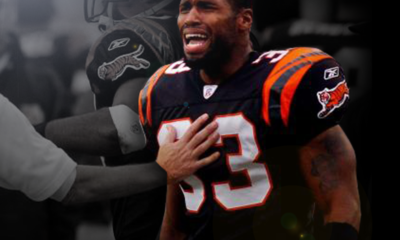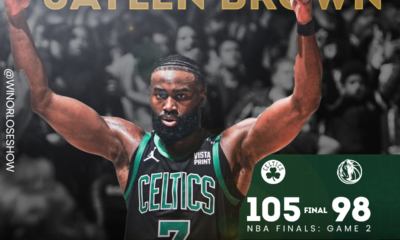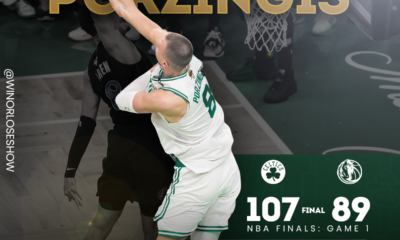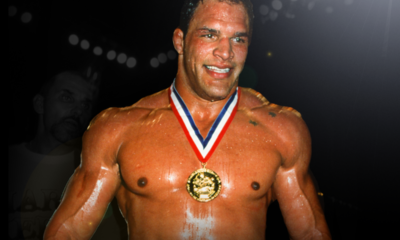Basketball
The Glory Days of Toledo City League Basketball: A Journey through the 80s & 90s
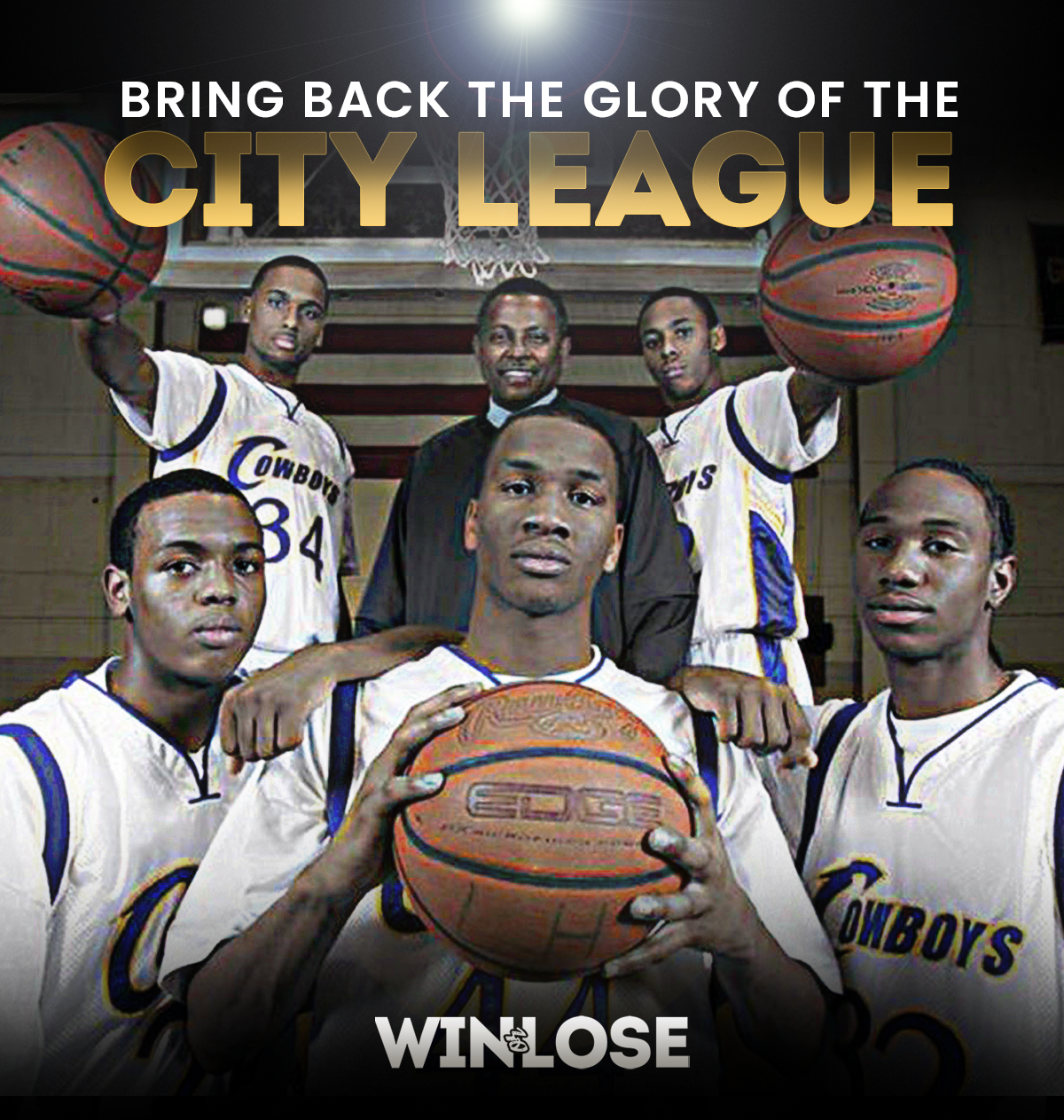
In the vibrant tapestry of Toledo’s high school basketball history, the City League in the 80s and 90s stands as a legendary era that shaped the memories of fans and players alike. As you reminisce about the fierce rivalries and iconic teams, it’s impossible to ignore the captivating saga that unfolded on the hardwood.
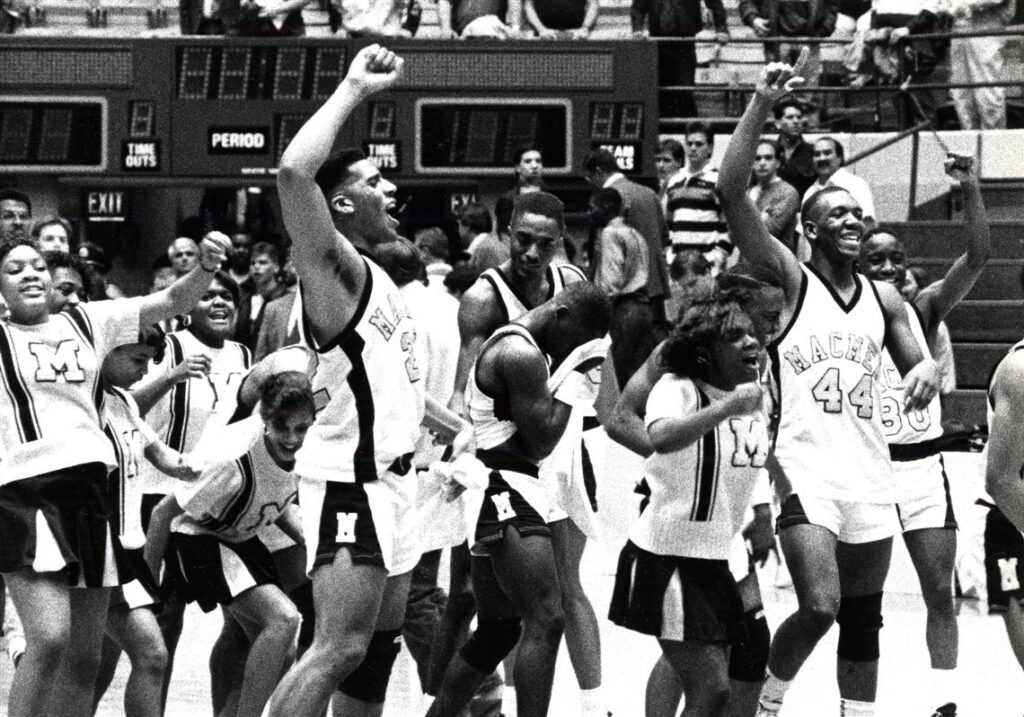
The Macomber Macmen, led by the indomitable Jim Jackson, etched their name into the annals of history with a state championship in 1989. Macomber who a formidable adversary of Scott High closed their chapter in ’91, but the flame of competition endured with the Libbey Cowboys dominating the 90s. The battles between Scott and Libbey at the University of Toledo became the stuff of legend – intense games, passionate crowds, and an electric rivalry atmosphere.
The cast of characters in this basketball saga was nothing short of remarkable. Players like Chris Poellitz, Melvin Newbern in the 80’s, Steve Wheeler, Nakia Witcher & Jamarr Riven in the 90’s, and Dennis Springs, Rob Sanders in the 2000’s were a few of my favorite players to watch at Scott. The Bowsher Rebels, featuring future NBA champion Dennis Hopson in the 80s and Keith Triplett & Mike Menchacha in the 2000’s, added their chapter to the City League legacy. St. Francis, guided by Todd Mitchell, brought home a state championship in 1983, marking a pinnacle in the league’s history. St. John’s was led by Coach Ed Heintschel, St. John’s Jesuit, under the stewardship of the legendary Coach Ed Heintschel, stands as a formidable force in high school basketball. Coach Heintschel’s influence extends beyond the court, as he has nurtured and guided hundreds of young men, molding St. John’s Jesuit into a basketball powerhouse. The team’s impressive legacy is highlighted by the eight All-Ohio first team honorees under Coach Heintschel’s leadership. Moreover, the program has produced multiple NBA players, including the likes of Brian Roberts, and Vince Williams, currently making his mark with the Memphis Grizzlies. Other powerhouses like Central Catholic Irish, Woodward Polarbears, Waite Indians, and DeVilbiss Tigers added depth to an illustrious era.
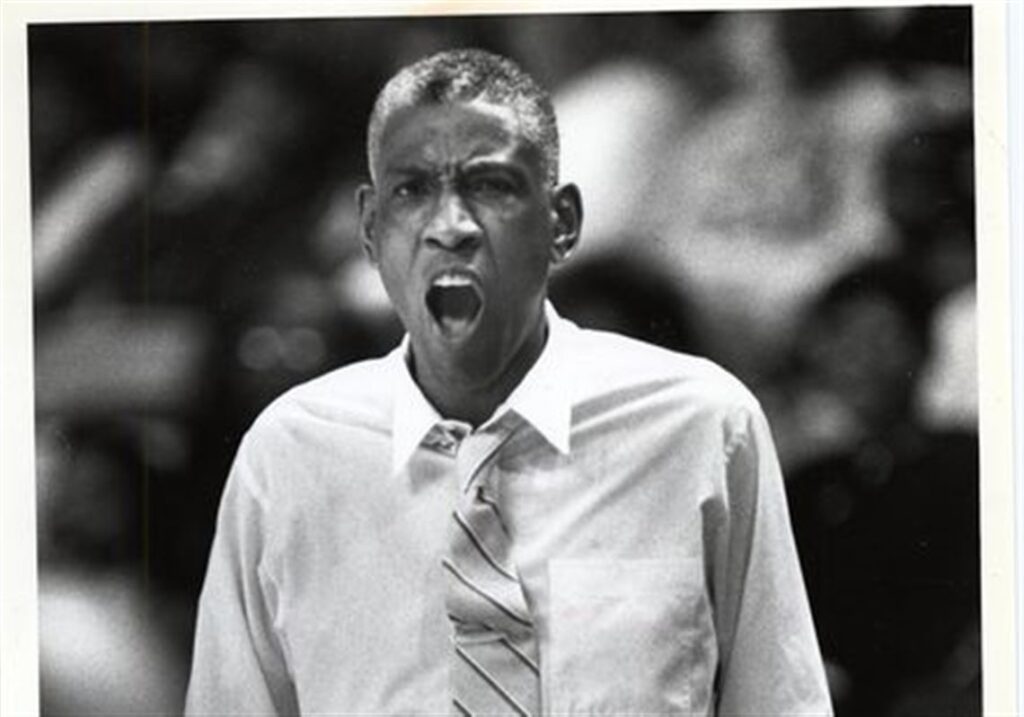
At the helm of the Scott Bulldogs was the revered coach, Ben E Williams. Under his guidance, the Bulldogs claimed the state championship in 1990, showcasing talents like Scoop Williams, John White, Kashif Phillips, and Calvin White. The coaching rivalry between Williams and his former assistant Leroy Bates, leading Libbey to several state championship runs in the 2000s, that produced players like Eyuless Palmer, Marques Fobbs, William Buford, Nate Miles, Ronnel Isom, Jamaal Mays added another layer of drama to the narrative.
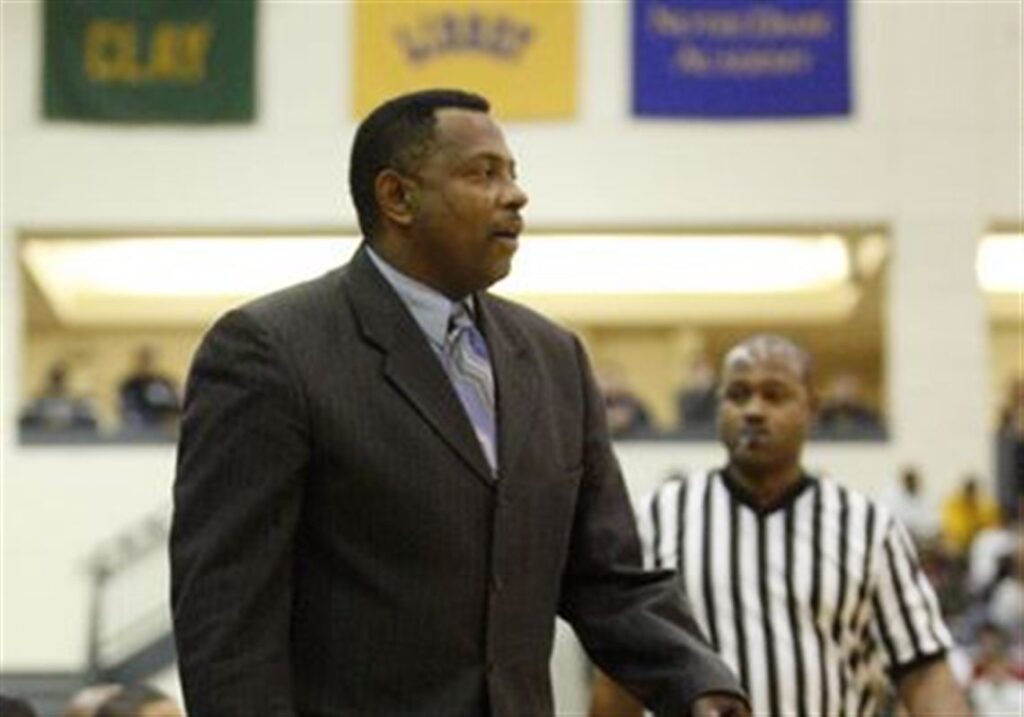
The City League of the 80s and 90s was defined by team basketball, intense rivalries, and the sheer passion of players and fans. Fast forward to today, and the landscape has evolved. One-on-one training, AAU, and traveling teams have become the norm, ushering in a different era of basketball. While individual skill levels have soared, some yearn for the days of collective team prowess and the intensity that defined high school basketball yesteryears.
In this modern era, where individuality often takes precedence, there’s a call to bridge the gap. A desire to infuse the intense spirit of the past with the improved individual skills of today’s players. The hope is to find a balance that honors the legacy of Toledo City League basketball while embracing the evolving landscape of the game.
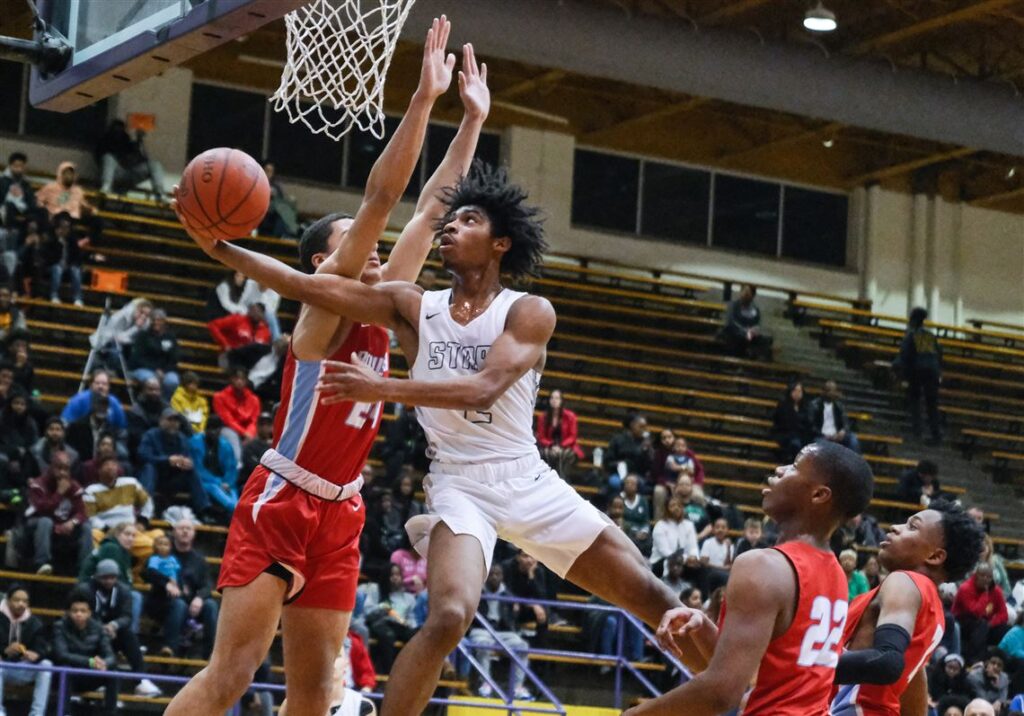
As we reflect on the unmatched era of high school basketball, let’s continue to support our local youth athletes. Whether it’s through nostalgia for the glory days or an appreciation for the evolving game, our support remains vital in shaping the future of Toledo’s basketball legacy.
Basketball
Jerry Easter: The Next Big Thing Out of Toledo?
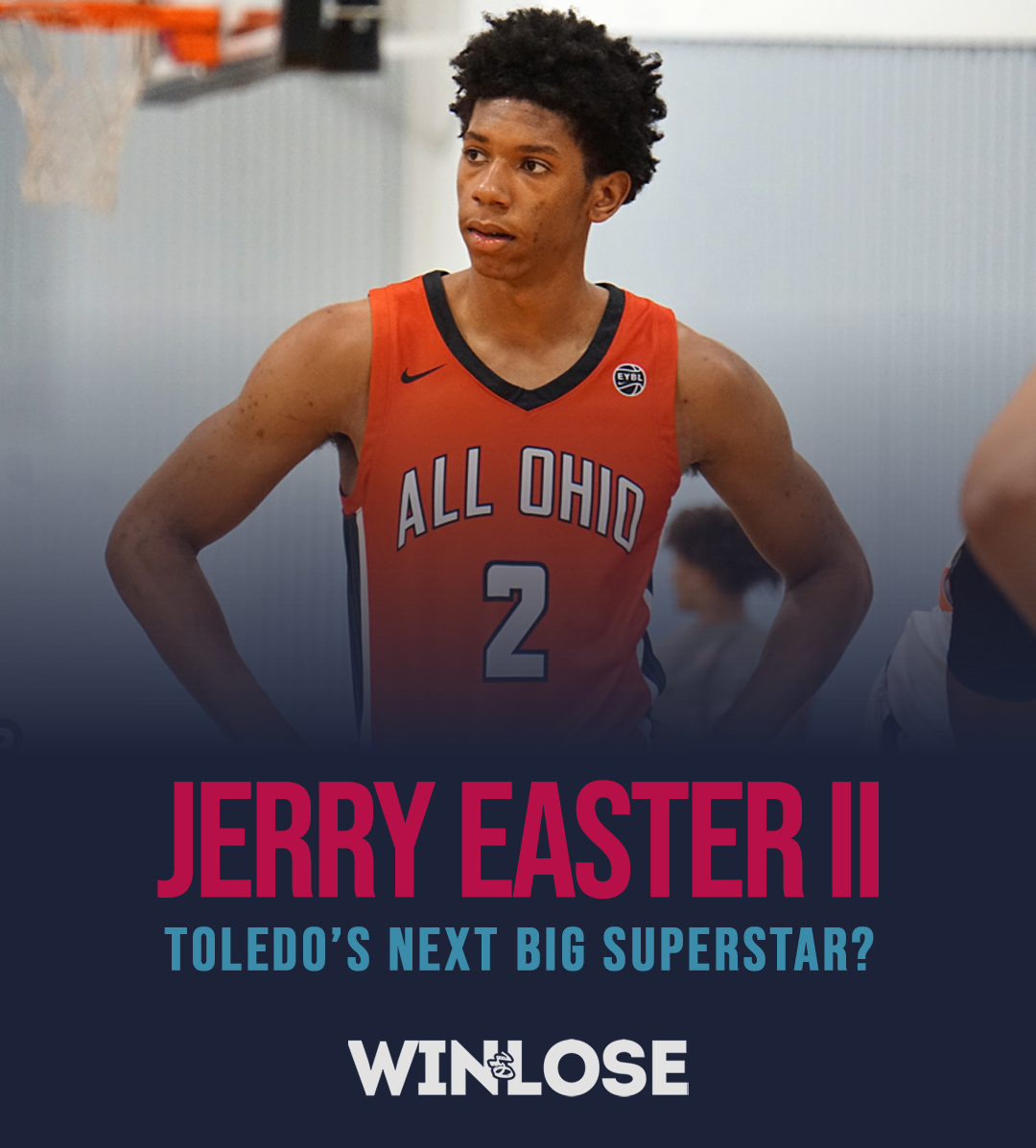
In the world of high school basketball, few names generate as much buzz as Jerry Easter Jr. Standing tall at 6’5” and weighing in at 190 lbs, this junior combo guard has become a beacon of talent in Toledo, Ohio. His smooth offensive game and ability to score with ease have drawn comparisons to some of the greats, leading many to wonder: Is Jerry Easter the next big thing out of Toledo?
Easter’s offensive prowess is undeniable. He has a rare combination of size, skill, and basketball IQ that allows him to dominate on the court. Whether he’s driving to the basket, pulling up for a mid-range jumper, or draining threes from beyond the arc, Easter makes scoring look effortless. His agility and ball-handling skills enable him to navigate through defenses seamlessly, making him a nightmare matchup for any opponent.
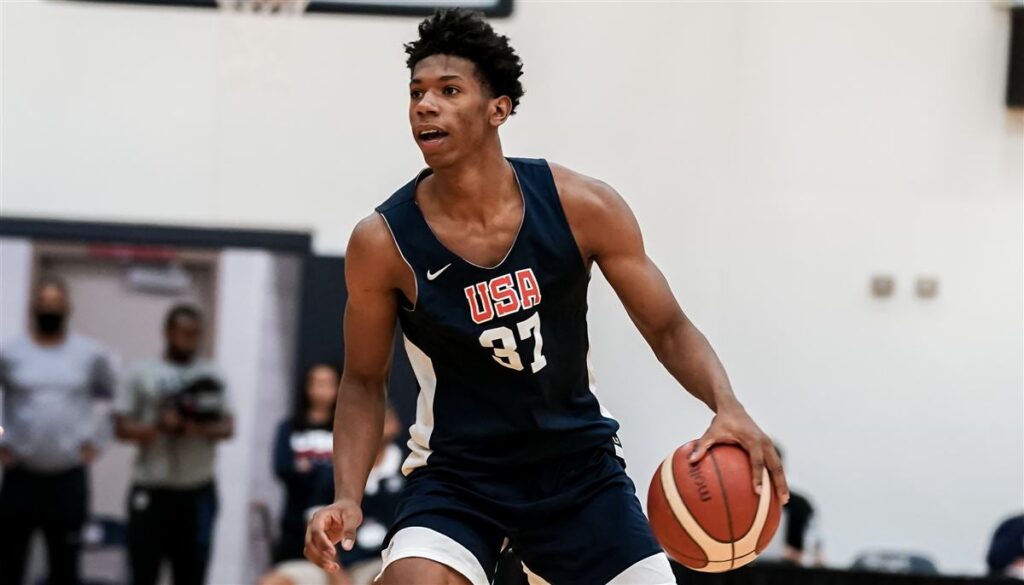
What sets Easter apart is his ability to perform under pressure. In critical moments, he rises to the occasion, often carrying his team on his back. His clutch performances have not only secured victories but have also solidified his reputation as a go-to player in high-stakes situations.
Easter’s talents have not gone unnoticed. He has garnered offers from almost every major college in the country, spanning all the major conferences. Coaches and scouts alike see in him the potential for greatness, recognizing that his well-rounded game would make him an asset to any college team. His ability to adapt and excel in various roles on the court makes him an ideal fit for any system, be it a fast-paced offense or a more methodical, half-court setup.
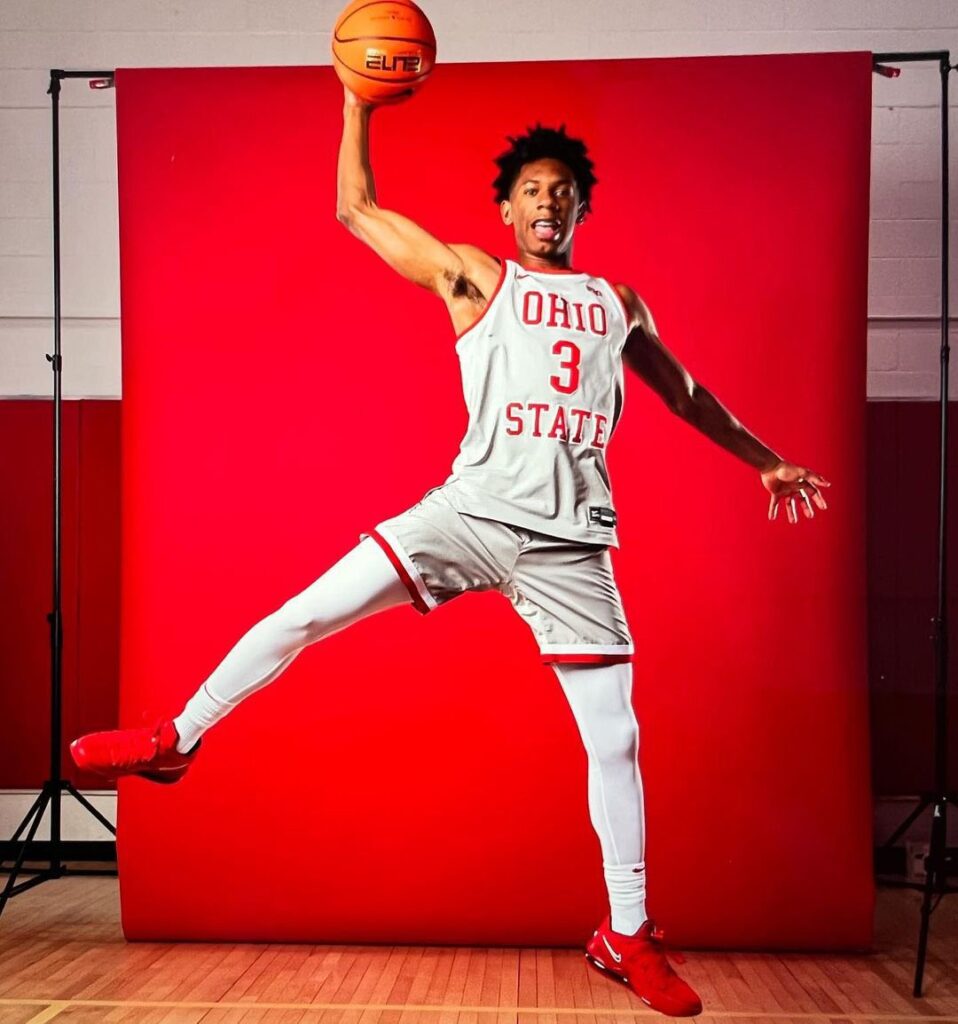
But the conversation doesn’t stop at the collegiate level. Many see a future NBA star in Jerry Easter Jr. His trajectory, if maintained, is unmatched. The key to his success will be staying focused and on the right path. With the right guidance and continued dedication, there’s no ceiling to what Easter can achieve. His work ethic, combined with his natural talent, positions him well for a future in professional basketball.
Toledo has a rich history of producing basketball talent, and Jerry Easter appears poised to add his name to the list of greats. His journey is one to watch, as he has the potential to not only leave a mark on college basketball but to make a significant impact in the NBA. For now, fans and scouts will continue to marvel at his performances, eagerly anticipating the next chapter in the story of Jerry Easter.
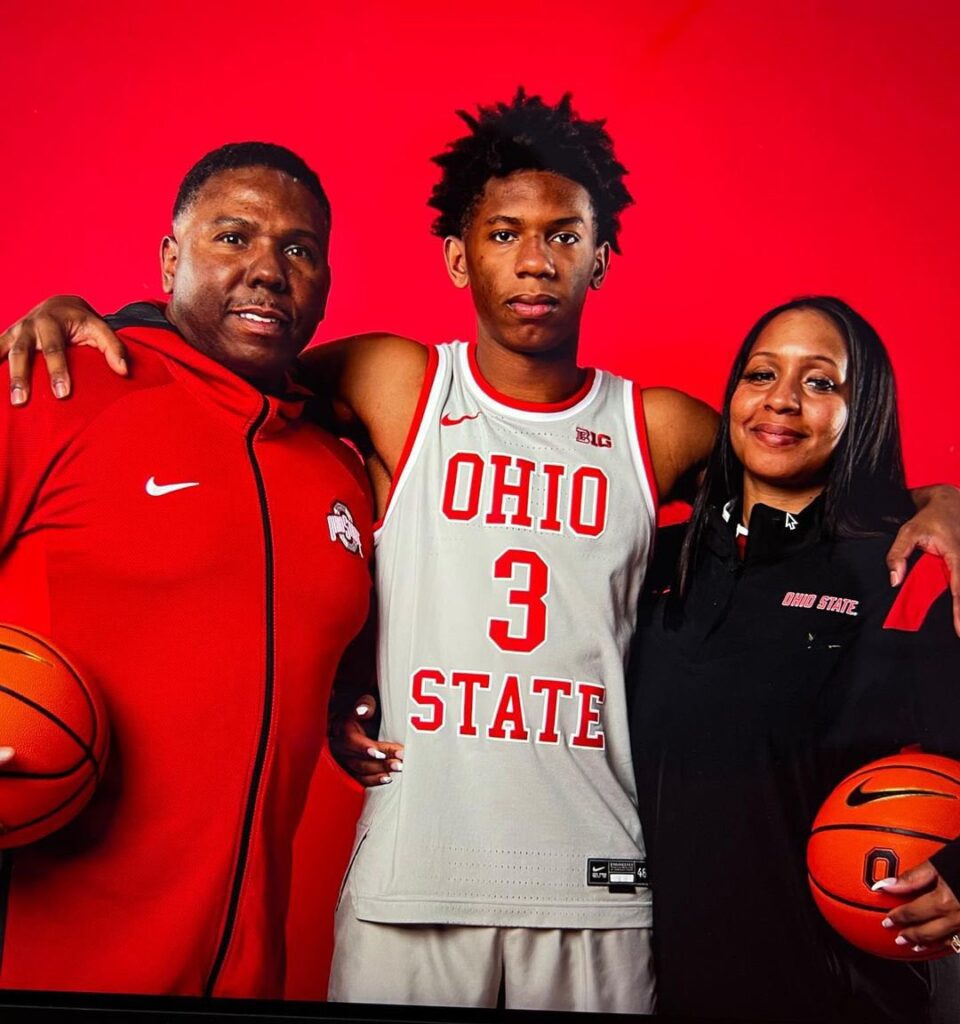
Basketball
Exclusive Interview with NeShaun Coleman: From Court Star to Coach
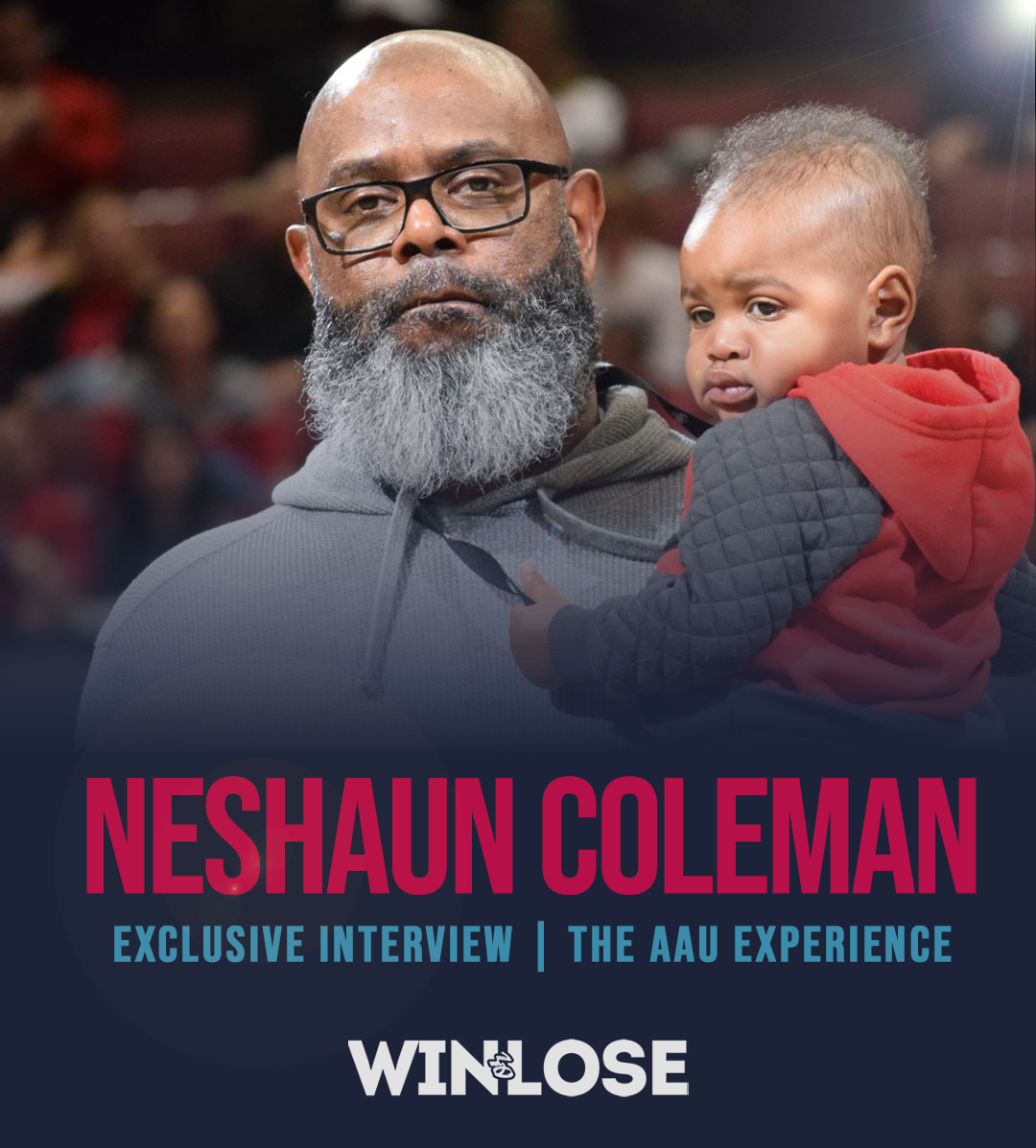
In an exclusive interview, we sat down with NeShaun Coleman, former Ohio State guard, to discuss his journey from a celebrated player to a dedicated coach. Coleman shares his experiences, challenges, and insights into the world of AAU basketball coaching.
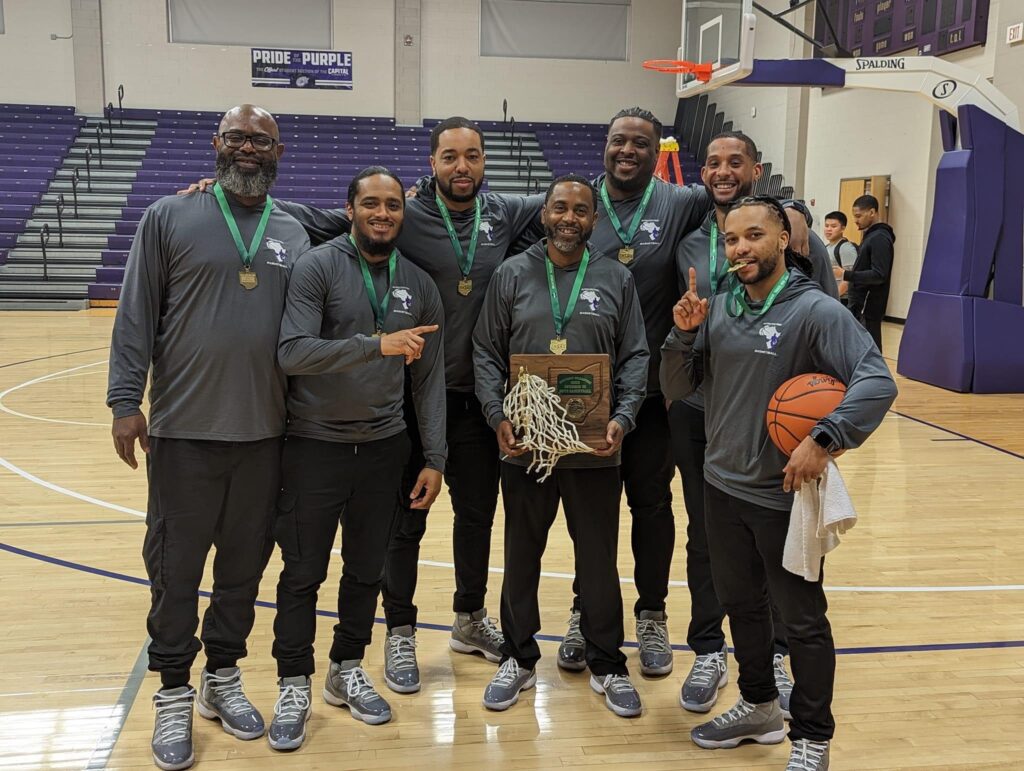
Q. Can you describe your journey from being a star player at St. John’s and Ohio State to becoming an AAU coach?
I started coaching AAU basketball right after I graduated college in 2000. The youth that I coach were at the very beginning stages of learning basketball. I went on to start coaching with Dennis Hopson when he started Hopson Elite in Columbus. After that, I coached with All Ohio Red in the Nike EYBL Circuit. I took a few years off and switched over to coach my daughter in the second grade.
Q: What were some of the biggest challenges you faced during this transition?
The biggest challenge was transitioning my passion for playing to putting the same amount into coaching. The second challenge was figuring out that sometimes I held these young people to the standard of a high major Division 1 basketball player, and that was not fair to them. I had to learn how to develop talent and bring the best out of each individual.
Q: How has your perspective on the game changed now that you are coaching rather than playing?
I don’t believe that my perspective has changed at all. I have a saying that I learned when I was young living in Racine, Wisconsin before I moved to Toledo: “Hard Work Beats Talent If Talent Doesn’t Work Hard.”
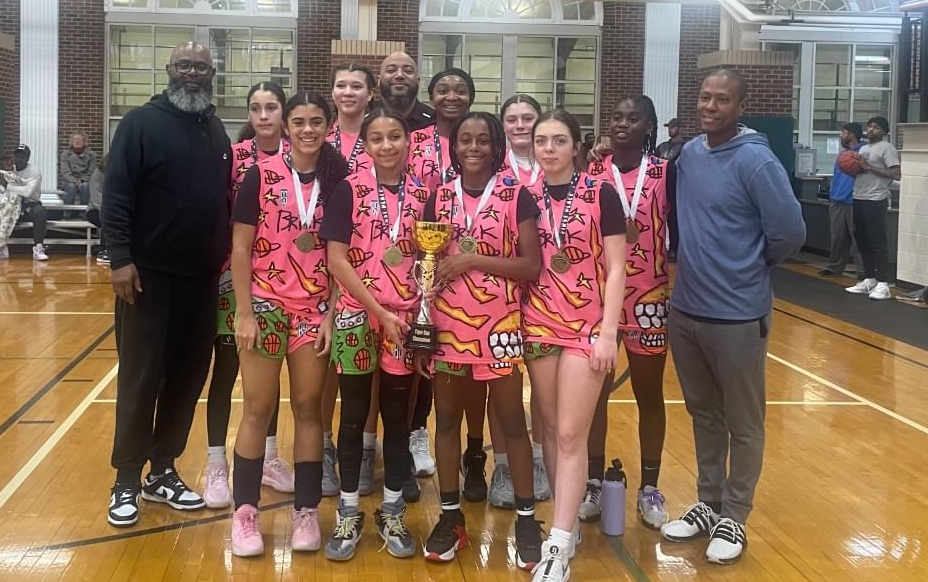
Q: How has coaching in the AAU system reignited or enhanced your passion for basketball?
I want every young person I coach that has the goal of playing college basketball to achieve that goal. That orange ball has done a lot for me, taken me places, and introduced me to people that others would dream of meeting. Former President Bill Clinton and Nelson Mandela, just to name a few. So, if this is what my players want, it’s my job to do everything in my power to help them get there.
Q: What aspects of coaching do you find most rewarding
Teaching. To watch a player retain what I teach them, apply and perfect the skill. Nothing is better than seeing progress and improvement.
Q: Do you believe that being a lifelong student of the game is essential for becoming a great coach? Why or why not?
I believe it’s part of it. I also believe that playing can be a big part of becoming a great coach along with a number of other things. I feel like your players have to buy into what you’re teaching and be disciplined enough to execute it. It’s your job as a coach to prepare them for that. No excluding all the other hats you wear: teacher, father, mother, counselor, Uber driver, etc.
Q: How do you stay updated with the latest coaching strategies and basketball trends?
I’m way more lucky than most coaches. I have a bunch of former and current coaches that I keep in close contact with who are and have coached on every level. I have current and former players that I keep in close contact with. The internet is a beautiful thing. Basketball is universal. It’s played all over the world. People post everything from plays to drills. Everyone borrows from everyone.
Q: What do you see as the primary benefits of the AAU system for young athletes?
Exposure!!!! If I am a college coach, I can see a number of potential recruits in one weekend from 4th-11th grade and sometimes 12th grade, instead of going to a high school game and seeing maybe 2-3 players. This is why the majority of the open periods for colleges to recruit is during the spring and summer.
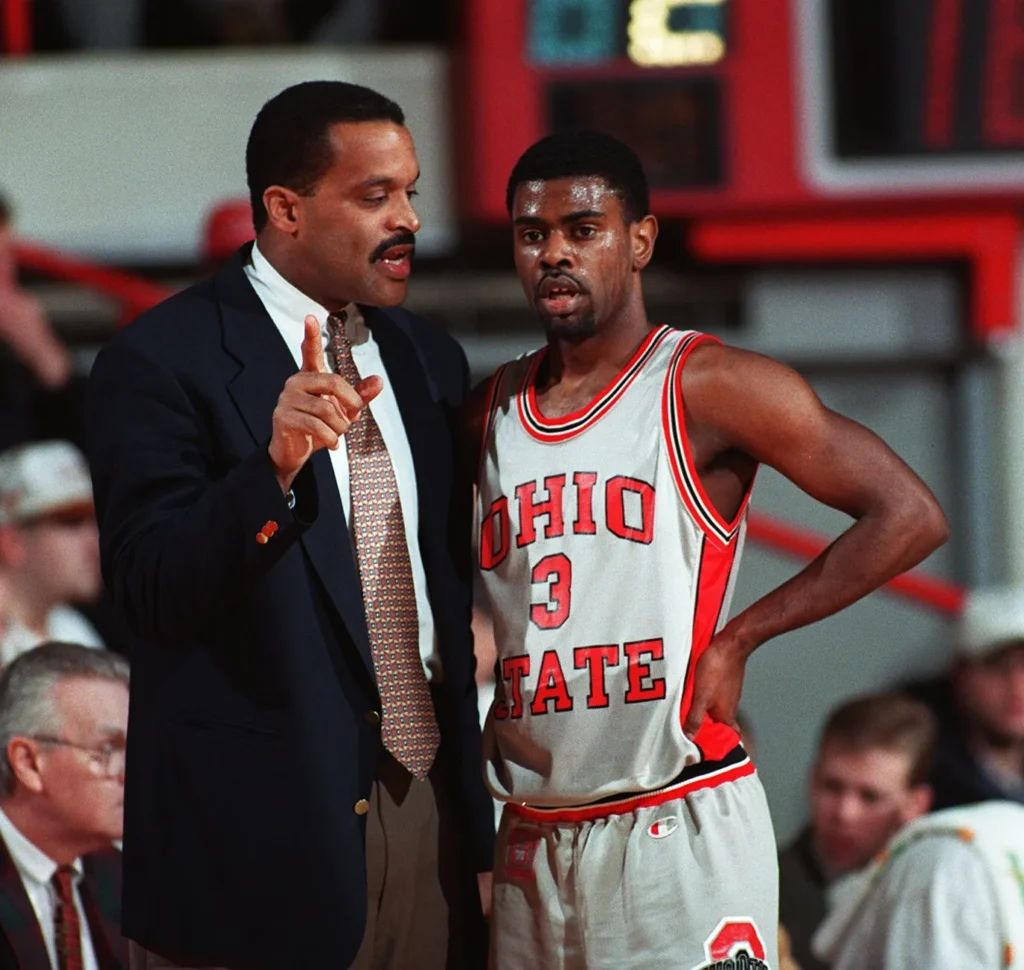
Q: How does the AAU system help in the development of players both on and off the court?
It teaches them how to compete at a high level consistently, or you can be embarrassed. It teaches how to deal with adversity. Basketball is unlike other sports because you can’t hide behind a mask like football. Everyone sees your emotions and body language. You have to control those emotions the best you can.
Q: Can you share a memorable moment from your time as an AAU coach that stands out to you?
There is no way I can just pick one. I’ve coached so many players at so many levels. My favorite thing about coaching AAU to date is coaching my 13-year-old daughter and seeing her face when I run into people I know who emphasize that they felt I was a really good player but more importantly how much love they show me about being a good dude.
Q: How do you handle the pressure of coaching young athletes who look up to you and have high expectations?
I think it’s the opposite. The players never saw me play, but their parents have. They have to get accustomed to how high my expectations are for them. I respect the game too much not to put my all into coaching.
Q: What is your coaching philosophy, and how do you implement it with your team?
Defense, effort, and being coachable. Sometimes the ball just won’t go in the basket, but you can always find a way to contribute to your team being victorious. That starts and ends with defense, effort, and being coachable.
Q: How do you balance teaching fundamental skills with allowing players the freedom to express their creativity on the court?
Teaching fundamentals and doing skill development isn’t the hard part. Unlocking the creative part of the brain is difficult. The youth these days are sometimes overtrained. They don’t play enough pick-up ball anymore. In my day, we would go from Smith Park to the Pond to play.
Q: In your opinion, what qualities make a successful basketball player in today’s game?
Being coachable, working hard, and trusting the process. Every player develops at a different pace. The key is not to peak. For the player to keep improving and becoming more consistent.

Q: How do you foster a positive team culture and ensure that all players feel valued and supported?
By having a good group of parents and players. I personally will pass on a great player if I don’t have a good vibe from the parents. I try to locate the parent to see how they are acting in the stands. If they are negative, if they are trying to override the coach, if the player is listening to their parent instead of the coach. I feel like I can help a player improve. I can’t change an adult and how they behave.
Q: Can you talk about a player you’ve coached who made significant improvements and what that process was like?
I can’t talk about a specific player. There have truly been too many, and I’m still coaching.
Q: What advice would you give to young athletes aspiring to play at the collegiate level or beyond?
IT’S A SACRIFICE. If you’re not ready to sacrifice a whole lot, if you’re not ready to work harder than you ever have, if you are not mentally tough, if you cannot handle adverse situations on a regular basis, then rethink it. The expectations are high. The pressure is no joke. If you like or love the game, it is super difficult. If you are truly in love with the game, then the sky is the limit.
Q: How do you manage the different personalities and skill levels within your team?
I have been so blessed because I have had some phenomenal parents. Parents can make or break a team. When parents and players are realistic, when they are all on the same page, when the players really like/love each other, and when they trust the process and the coach… It’s BEAUTIFUL!! There’s not enough space to explain what it’s like when things go the other way!
Q: What are your future goals and aspirations as a coach?
I only have a few more years left. I feel like I have given back in so many ways to the game that has given me so much. My ultimate goal is at the end to have every player on my team receive a scholarship to play basketball so I can travel to watch them play in college. Hopefully, their schedules don’t conflict with my daughter’s!
NeShaun Coleman’s dedication and passion for coaching shine through as he continues to inspire and guide young athletes. His journey from player to coach is a testament to his love for the game and his commitment to helping others achieve their dreams.
Basketball
Celtics’ Grit Shines Through in Game 2 Victory Over Mavericks
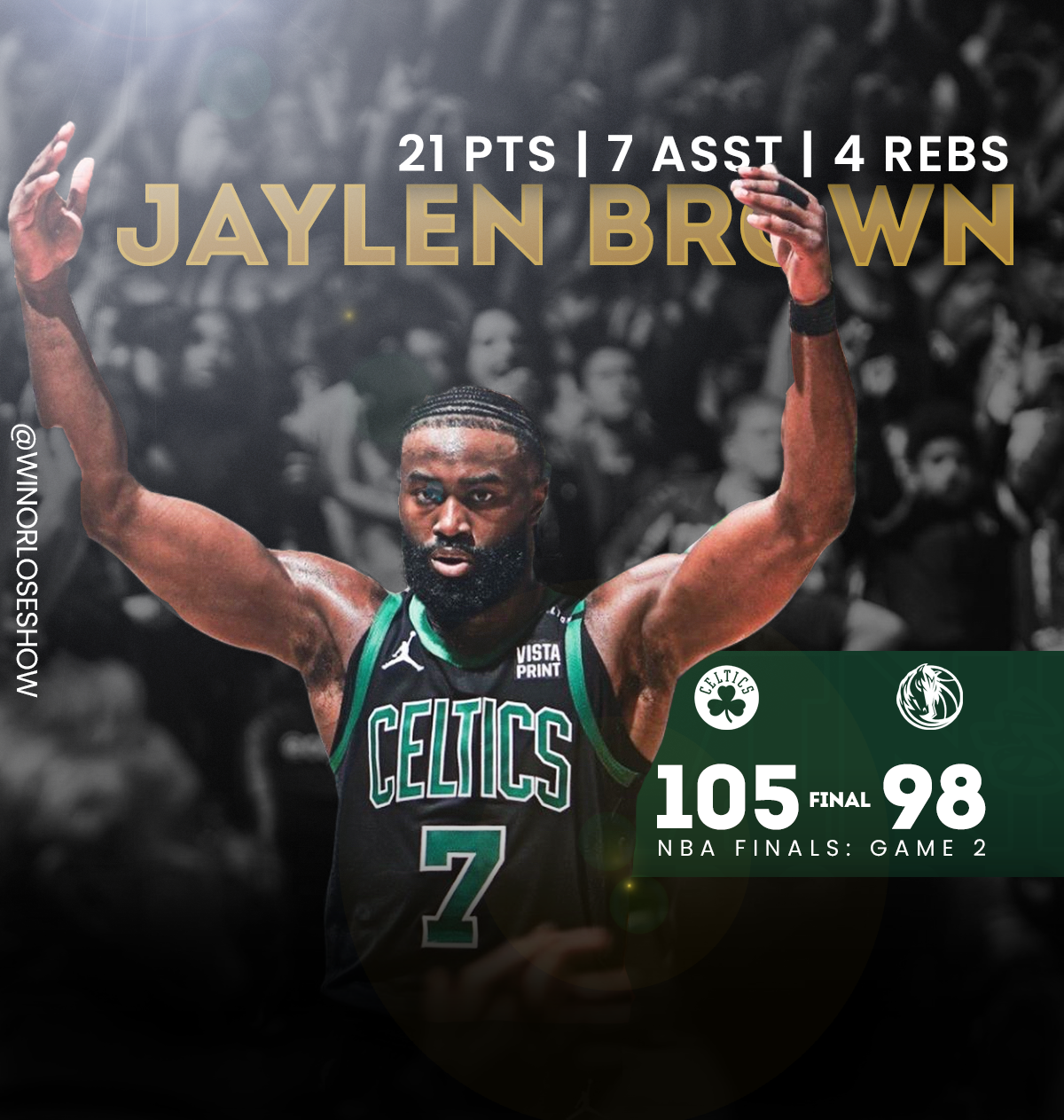
In a nail-biting Game 2 of the NBA Finals, the Boston Celtics showcased their resilience and depth, defeating the Dallas Mavericks 105-98 to take a commanding 2-0 series lead. This matchup, held on Sunday, June 9th in Boston, was a testament to the Celtics’ unwavering determination and their ability to adapt under pressure.
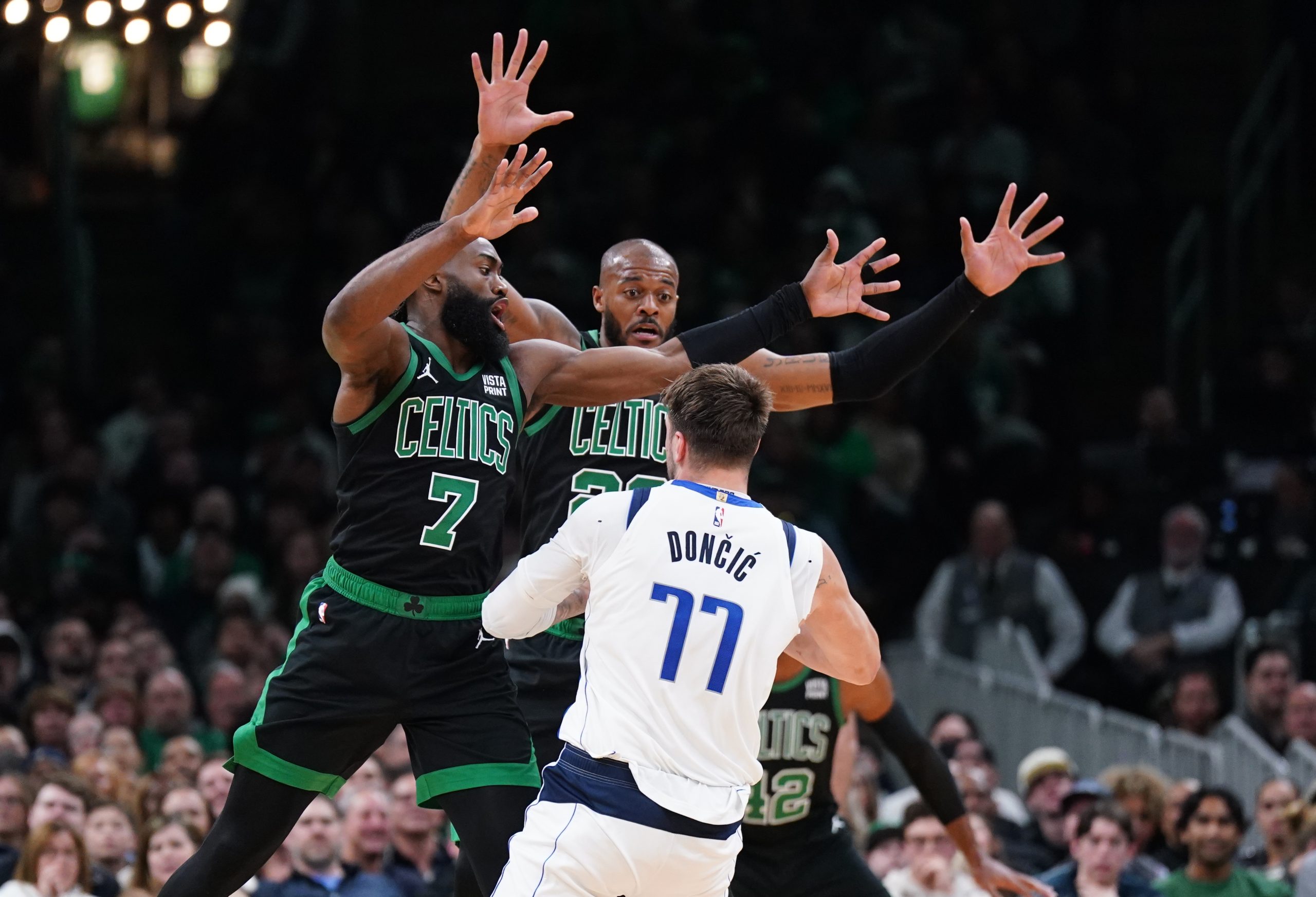
The Mavericks, led by the sensational Luka Doncic, came out swinging. Doncic was on fire in the first quarter, dropping 13 points and propelling Dallas to a 28-25 lead. His dynamic play was a stark contrast to Jayson Tatum’s struggle; Tatum went 0-4 in the first quarter and managed only 5 points by halftime. Yet, in a display of true championship mentality, the Celtics remained composed.
Jaylen Brown’s leadership was pivotal. During the Mavericks’ early surge, Brown was heard rallying his teammates, reminding them of the inevitable intensity Dallas would bring. “We knew they would come out like this,” Brown asserted, emphasizing the importance of staying focused. His words were backed by action; Brown’s relentless aggression and consistency throughout the game resulted in 21 points, 7 assists, and 4 rebounds.
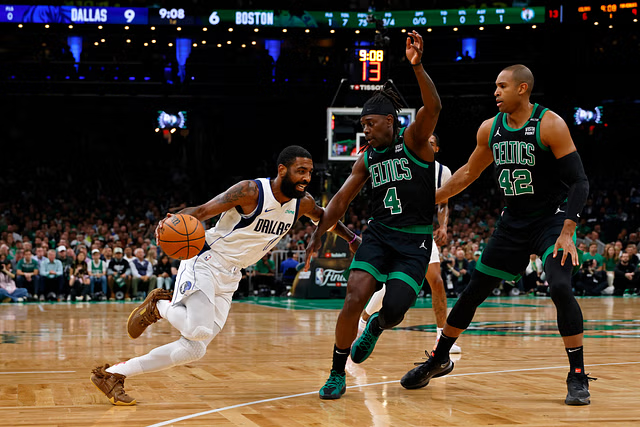
While Brown provided the steady hand, it was Jrue Holiday who led the Celtics in scoring, delivering an impressive 26 points. Derrick White and Jayson Tatum each contributed 18 points, with White’s performance particularly notable for his defensive tenacity and timely shot-making.
On the Mavericks’ side, Kyrie Irving, expected to be a dominant force, was surprisingly subdued, finishing with only 16 points. Doncic, who dazzled with 23 points in the first half, was effectively neutralized in the second, adding just 9 more to end the game with 32 points. The Celtics’ defensive adjustments were critical in stifling Dallas’ offense, particularly in the latter stages of the game.
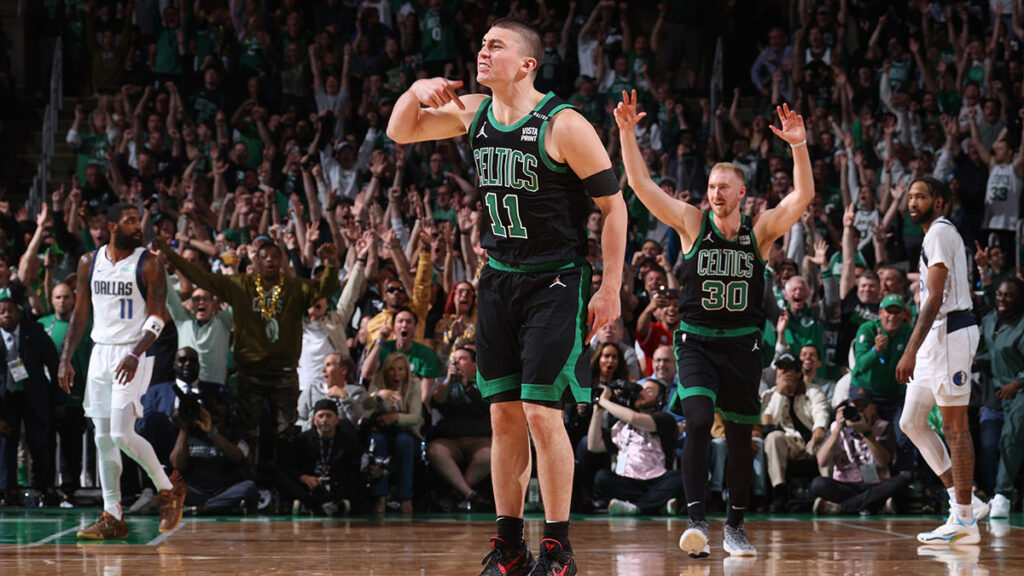
The true star of the evening was Boston’s defense. Key defensive stops from Jrue Holiday, coupled with crucial blocks from Jaylen Brown and Derrick White, underscored the Celtics’ commitment to their game plan. Their defensive prowess in the closing moments of the game was a defining factor in securing the victory.
With two wins already secured, the Celtics are now just two games away from clinching their 18th franchise championship. Head Coach Joe Mazzulla, however, must ensure his team remains vigilant and avoids any hint of complacency. The road to the title demands a relentless approach, keeping the pressure on and maintaining their high level of play.
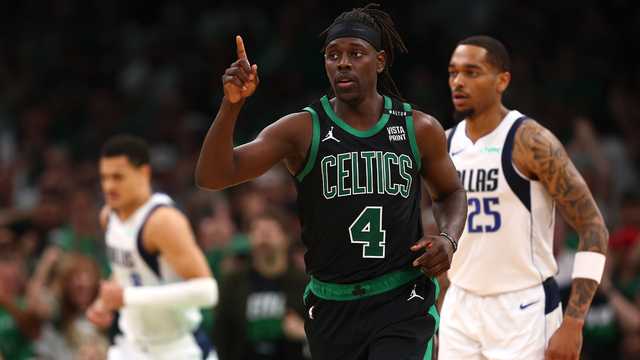
As the series shifts to Dallas for Game 3 on Wednesday, all eyes will be on how the Mavericks respond to the Celtics’ commanding presence. Will the Celtics continue their march towards history, or will Dallas find a way to claw back into the series? Tune in to find out as the drama of the NBA Finals unfolds.
-
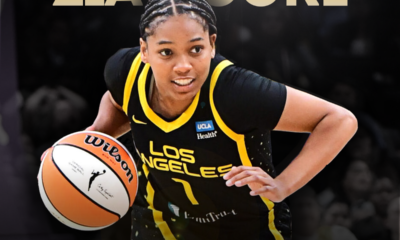
 Basketball12 months ago
Basketball12 months agoZia Cooke: Rising WNBA Star Making Waves after Remarkable College Career
-
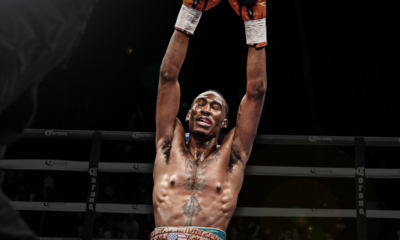
 Boxing11 months ago
Boxing11 months agoToledo’s Pride: The Remarkable Journey of Robert Easter Jr.
-
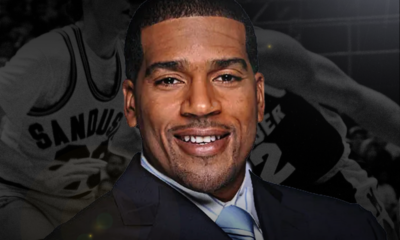
 Basketball12 months ago
Basketball12 months agoJim Jackson: From High School Phenom to Elite On the Mic – A Basketball Journey
-
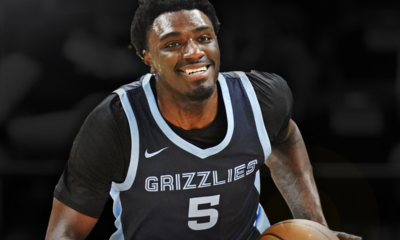
 NBA7 months ago
NBA7 months ago“Rising from Toledo: The Resilient Journey of Vincent Williams Jr. to NBA Glory”
-
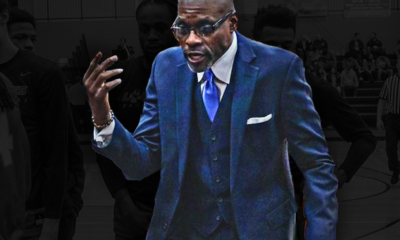
 Basketball12 months ago
Basketball12 months agoDennis Hopson: A Toledo Legend, Inducted into the American Basketball Hall of Fame
-
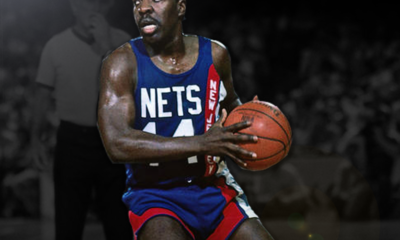
 Basketball10 months ago
Basketball10 months agoKelvin Ransey: NBA Star Answers the Call of God!
-
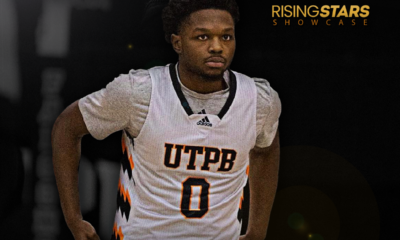
 Rising Stars7 months ago
Rising Stars7 months agoFrom Toledo’s Playgrounds to College Road: The Journey of Jequan Pack
-
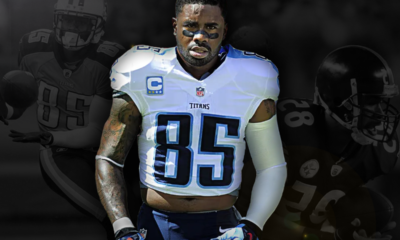
 Football10 months ago
Football10 months agoFrom Scott High School to Super Bowl Glory: The Journey of Nate Washington


